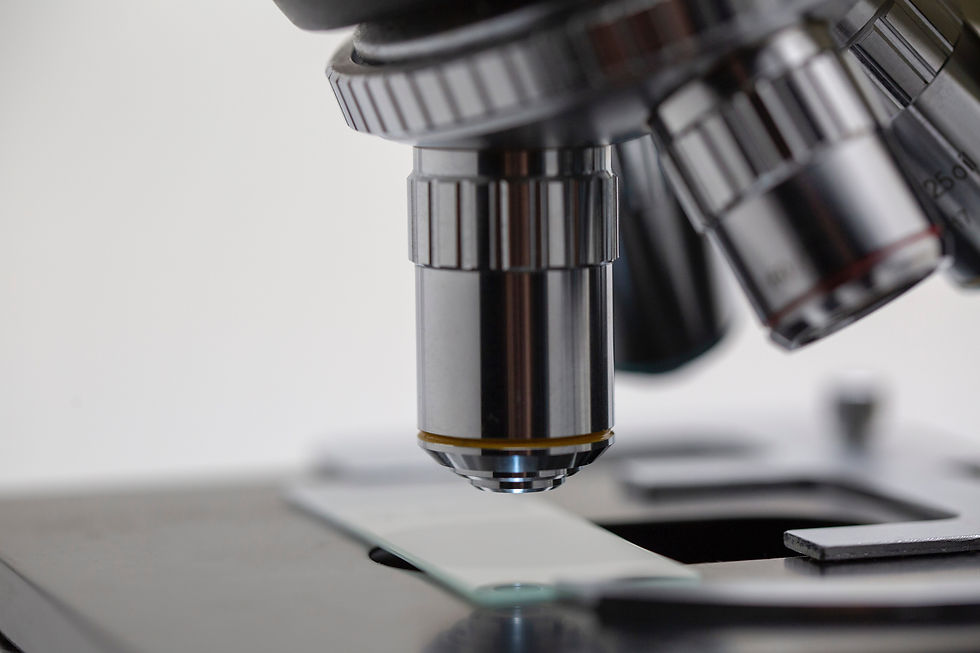3 Common Myths About Biohacking
- Richard J Yun
- Nov 16, 2019
- 2 min read
Updated: Nov 24, 2019
Biohacking has spread globally and is only gaining popularity. With the significant technological advancements in bio-technology, biohacking has the potential to change lives. While this topic has hope for everyone, it can still be very confusing to understand especially if you don’t read from the correct sources.
Here are 3 common myths about Biohacking:
Myth 1: Biohackers (AKA DIYers) all work independently and anonymously and that is unreliable.
Reality: Due to the term DIY, it is often perceived that most biohackers work anonymously and alone. Of course there are many Biohackers that have developed projects at the comfort of their home, however many gather in regional groups/hubs that adhere to lab safety protocols. In a recent survey by Synthetic Biology "92 percent of DIYers (Biohackers) work in group spaces and only 8 percent, or 23 respondents, work exclusively in home labs."
Working in large groups in established labs diminish safety and credential concerns
Myth 2: Biohackers are capable of unleashing a deadly disease.
Reality: There were articles produced to scare people about the practices of biohacking and while I do agree that this could be a possibility, this is a far fetched idea that lacks any evidence. In 2009, The Wall Street Journal asked, “Are biohackers a threat to national security?” as well The Atlantic imagined that in 2016 anonymous biohackers could design a virus to pass innocuously through the human population until it reaches the president, targets his RNA, and kills him.
These claims are unfounded and it would require the skillset of a seasoned virologist and access to pathogens. According to the study by Synthetic Biology "most DIYers (Biohackers) are still learning basic biotechnology. In the last two years, only 13 percent of DIYers surveyed have synthesized a gene, a first step in basic bioengineering, while some 45 percent have added a gene to bacteria." If we use an analogy of someone playing and learning the piano, this would mean that few have the skill to play "Happy Birthday", and less than half have ever learned a basic scale.
Myth 3: Biohackers don't actually contribute anything valuable to biotechnology
Reality: Of course there are biology journals & articles that disapprove and doubt biohackers. Despite the skepticism, biohackers have already begun to make contributions to biotechnology. A recent example provided by Synthetic Biology showcased biohackers contributions. "Biohackers have succeeded in producing inexpensive alternatives to expensive biotechnology equipment. A professional PCR machine, for example, a lab staple used to copy DNA, costs more than $2,000. DIYers developed their own kit version that only costs $600. Called the OpenPCR"
Biohacking is constantly evolving and it looks like there is a bright future ahead. Hopefully we’ve clarified some common myths about Biohacking! If you're interested in reading more about biohacking check out our other blogs.

Sources: https://www.wilsoncenter.org/sites/default/files/7_myths_final.pdf
I'm a UoT student and this is a student exploration project sponsored by KiImpact.com
.png)



Comments